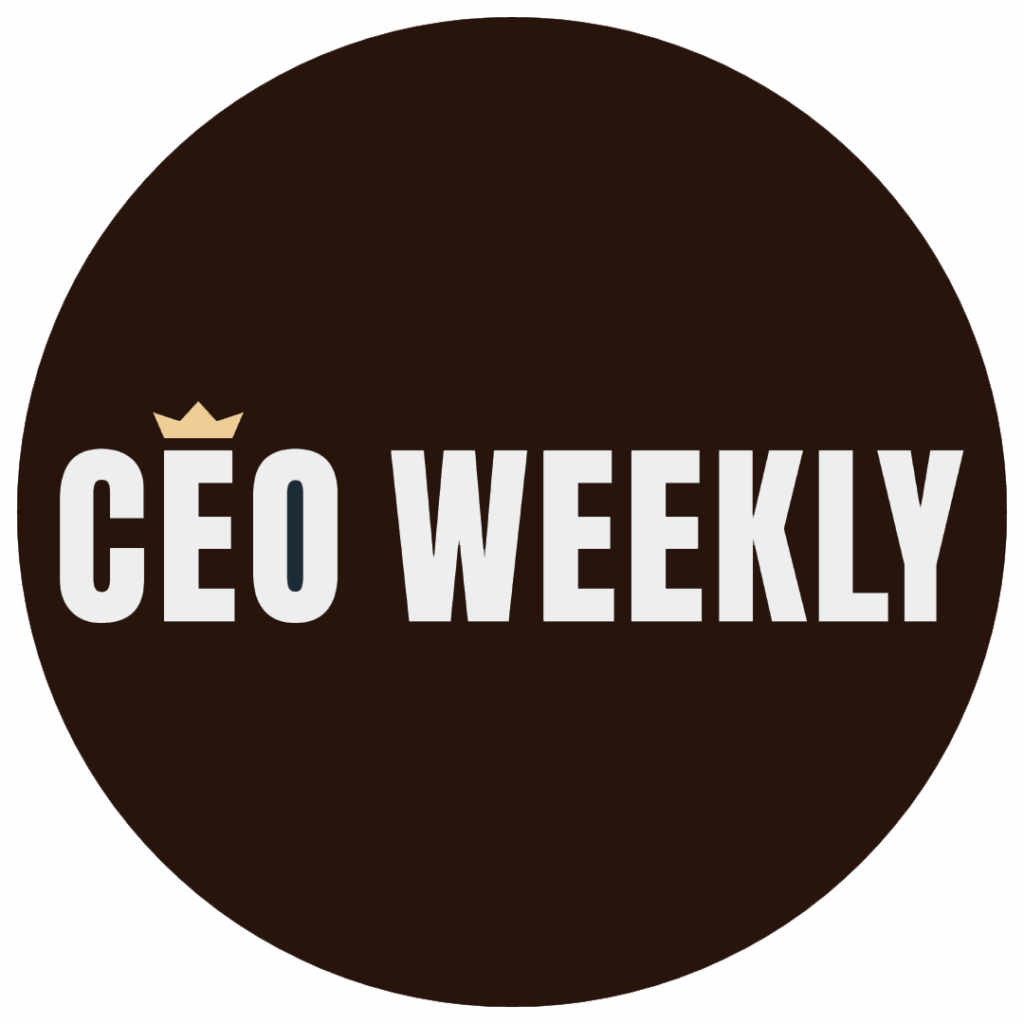By: Jay Feldman
If your marketing campaigns are not delivering the expected results, it might be time to evaluate your brand instead of solely focusing on your marketing strategies. A study by TechBullion suggests that up to 65% of businesses struggle to achieve ROI from digital marketing efforts—not necessarily due to poor execution, but because the brand itself may not be effectively resonating with the audience.
Capturing attention is just the beginning. What happens next depends on how your brand engages and retains that attention.
Whether you’re selling products, services, or both, the brand experience you create plays a crucial role in audience perception. A brand that lacks clarity can lead to confusion and weaken trust, making it difficult to build lasting connections with customers. Increasing marketing efforts alone is unlikely to fix this—creating a strong, consistent brand presence is key.
The Core of the Issue: Understanding the Disconnect
1. Identifying Branding Weaknesses
Many businesses assume that having a logo and a few signature colors means they have a brand. However, branding is more than visual identity—it represents the deeper essence of your company and how it connects with the world.
Weak branding extends beyond aesthetics. It often results from a lack of clarity and consistency in messaging, customer engagement, and overall brand positioning. If your brand lacks a clear purpose or sends mixed messages, it may struggle to build strong relationships with your target audience.
2. Evaluating the Impact
A study by Lucidpress found that businesses with consistent branding can see up to 23% more revenue compared to those with inconsistent messaging. On the other hand, fragmented branding can dilute credibility and decrease marketing efficiency.
If your marketing efforts are yielding limited results, weak branding could be a contributing factor—reducing audience trust and making it harder to differentiate your business in a competitive market.
3. The Role of Connection in Branding
Think about the brands you trust and admire—they likely evoke strong emotions, reflect key values, or have built deep customer loyalty over time.
When you think of innovation, empowerment, or beauty, what brands come to mind? That level of recognition is not coincidental—it is the result of a well-crafted brand strategy that fosters connection and long-term engagement.
Marketing Without Strong Branding Can Limit Results
1. Why Branding Strengthens Marketing Efforts
What happens when a product or service is promoted but doesn’t stand out from the competition?
Many businesses default to common claims like “high quality” or “exceptional service,” but these statements alone may not be enough to capture audience interest.
Without a compelling brand identity, even well-executed marketing campaigns can struggle to make a lasting impact.
2. Aligning Branding and Marketing for Greater Impact
A well-defined brand amplifies marketing efforts by creating consistency in visuals, messaging, and customer experience.
When a company’s values and messaging align across platforms, its marketing campaigns are more likely to attract and maintain audience interest.
Customers don’t just purchase—they engage with brands that align with their values and needs.
When It Might Be Time to Rebrand
1. Recognizing the Signs
A rebrand is a strategic decision that should be carefully considered. In some cases, refining existing branding is enough, while in others, a more comprehensive approach may be necessary.
If your business is struggling to differentiate itself in a saturated market or if sales are not improving despite marketing efforts, it may be time to assess whether your brand identity aligns with audience expectations.
2. Strategic Rebranding
Rebranding is more than changing a logo—it involves refining your company’s mission, values, and audience positioning.
A well-executed rebrand can help improve brand perception and align messaging with long-term business goals.
3. Case Study: LEGO’s Brand Revival
In the early 2000s, LEGO faced declining sales and challenges in market positioning. By refocusing on their core mission of inspiring creativity, LEGO strengthened its brand identity and rebuilt customer loyalty.
Strategic partnerships, community-building efforts, and expanding into new entertainment markets played a significant role in this turnaround. By 2015, LEGO achieved an 18% rise in sales, solidifying its status as a leading toy brand (Forbes).
How Ox & Iron Can Support Your Brand Development
1. Meet LaTricia Morris
As Founder of Ox & Iron, I specialize in helping businesses refine and increase their brand presence.
Through strategic messaging, creative design, and brand storytelling, my mission is to help companies establish a brand identity that resonates with their target audience.
2. Services Offered
At Ox & Iron, we offer customized branding solutions designed to support business growth and differentiation.
Our services include:
✔ Brand strategy and positioning
✔ Logo and visual identity design
✔ Website development and digital branding
✔ Comprehensive rebranding solutions
By ensuring consistency across all touchpoints, we help businesses build a brand that is both recognizable and impactful.
3. Why Strong Branding Matters
A clear and cohesive brand fosters trust, increases marketing effectiveness, and supports business growth.
At Ox & Iron, our goal is to help businesses establish a strong foundation that enables long-term success.
3 Steps to Strengthen Your Brand
1. Conduct a Brand Audit
Ask yourself:
✔ Are my brand visuals and messaging consistent?
✔ Does my brand effectively communicate its value?
✔ Do customers feel connected to my brand story?
2. Invest in Branding for Long-Term Growth
A strong brand is an investment in business growth. Clear branding increases marketing effectiveness, strengthens customer relationships, and improves market positioning.
3. Seek Expert Insights
Gaining an outside perspective can help identify gaps and opportunities in branding strategy.
At Ox & Iron, we work with businesses to assess their brand presence, refine messaging, and increase audience engagement.
Final Thoughts
In today’s competitive landscape, a brand that lacks clarity and consistency may struggle to sustain long-term success.
If marketing efforts are not yielding the desired results, assessing and refining branding strategy could be a key step toward improvement.
By investing in a cohesive and authentic brand identity, businesses can build stronger connections, increase customer loyalty, and drive sustainable growth.
Disclaimer: The information in this article is for general informational purposes only and should not be interpreted as financial, marketing, or legal advice. Branding strategies and marketing results vary based on industry, business structure, and execution. While statistics and case studies referenced in this article are based on reputable sources, individual results may differ.
Published by Liz S









